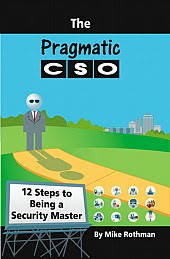I Am Not Anti-Log

Some of you who rely on various system and application logs might take exception to my emphasis on interpreting network traffic. You might think I am "anti-log." That is absolutely not true. I will demonstrate a case that shows I appreciate logs in certain situations. Last night I was analyzing alert data collected from one of the customers I monitor. One of the Snort alerts I saw (a bleeding-exploit.rules entry) indicated BLEEDING-EDGE EXPLOIT Possible MSIE VML Exploit . This did not look promising, especially since I was not flooded with these events. In other words, if I had seen 100, I would not be 100 times more worried than if I saw only one alert. The fact that I was investigating a single alert made me think this signature might be deadly accurate. I am not going to walk through the entire investigation for this event. Suffice it to say I wanted to know if the victim system was truly exploited. I eventually found myself looking at transcripts of traffic and







